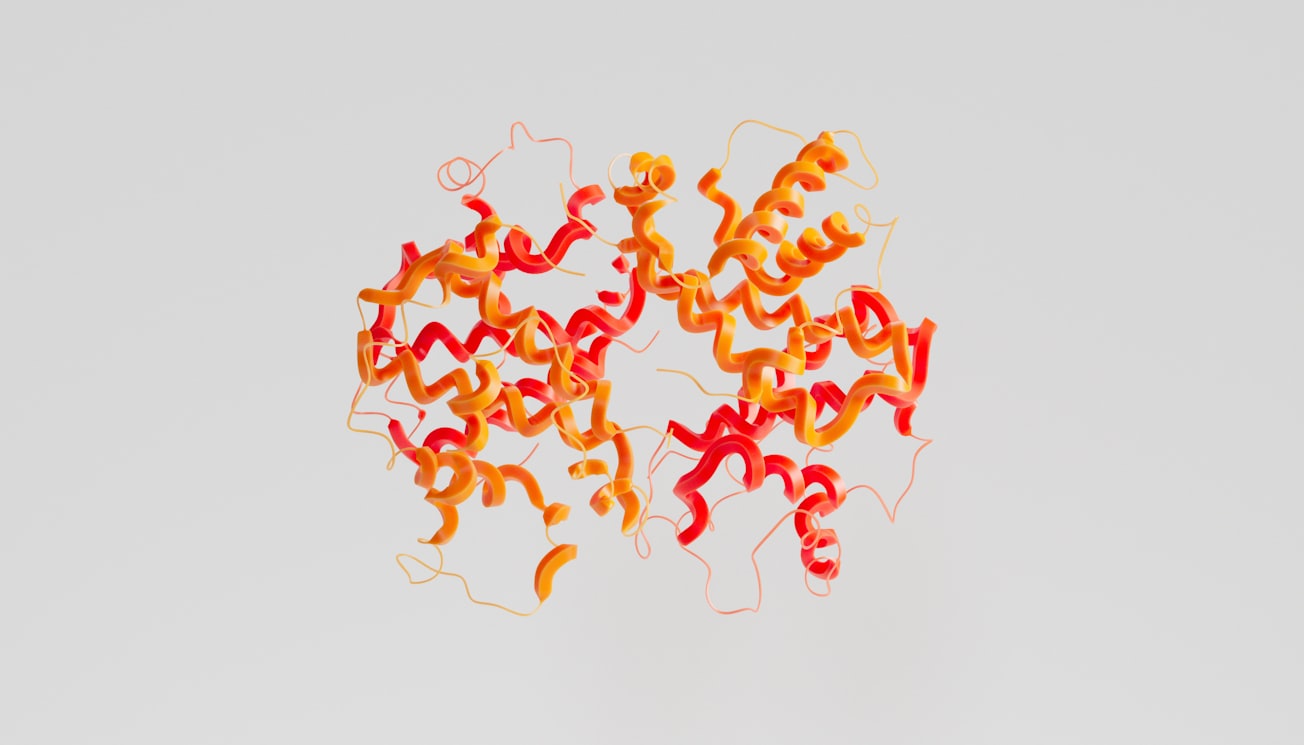What is it about?
Protein folding is the process by which a polypeptide chain acquires its functional, native 3D structure. Protein misfolding, on the other hand, is a process in which protein fails to fold into its native functional conformation. This misfolding of proteins may lead to precipitation of a number of serious diseases such as cystic fibrosis (CF), Alzheimer’s disease (AD), Parkinson’s disease (PD), and amyotrophic lateral sclerosis (ALS) etc. Protein quality-control (PQC) systems, consisting of molecular chaperones, proteases and regulatory factors, help in protein folding and prevent its aggregation. At the same time, PQC systems also do sorting and removal of improperly folded polypeptides. Among the major types of PQC systems involved in protein homeostasis are cytosolic, endoplasmic reticulum (ER) and mitochondrial ones. The cytosol PQC system includes a large number of component chaperones, such as nascent-polypeptide-associated complex (NAC), Hsp40, Hsp70, prefoldin and T Complex Protein-1 (TCP-1) ring complex (TRiC). Protein misfolding diseases caused due to defective cytosolic PQC system include diseases involving keratin/collagen proteins, cardiomyopathies, phenylketonuria, PD and ALS. The components of PQC system of endoplasmic reticulum (ER) include Binding immunoglobulin Protein (BiP), calnexin (CNX), calreticulin (CRT), glucose-regulated protein GRP94, the thioldisulphide oxidoreductases, protein disulphide isomerase (PDI) and ERp57. ER-linked misfolding diseases include CF and familial neurohypophyseal diabetes insipidus (FNDI). The components of mitochondrial PQC system include mitochondrial chaperones such as the Hsp70, the Hsp60/Hsp10 and a set of proteases having AAA+ domains similar to the proteasome that are situated in the matrix or the inner membrane. Protein misfolding diseases caused due to defective mitochondrial PQC system include medium-chain acyl-CoA dehydrogenase (MCAD)/short-chain acyl-CoA dehydrogenase (SCAD) deficiency diseases, hereditary spastic paraplegia. Among therapeutic approaches towards the treatment of various protein misfolding diseases, chaperones have been suggested as potential therapeutic molecules for target based treatment. Chaperones have been advantageous because of their efficient entry and distribution inside the cells, including specific cellular compartments, in therapeutic concentrations. Based on the chemical nature of the chaperones used for therapeutic purposes, molecular, chemical and pharmacological classes of chaperones have been discussed.
Featured Image

Photo by ANIRUDH on Unsplash
Why is it important?
The review is important to better understand the mechanism of protein misfolding for building strategies for curing age related and other diseases.
Perspectives
A number of human diseases such as cystic fibrosis (CF), Alzheimer’s disease (AD), Parkinson’s disease (PD), and amyotrophic lateral sclerosis (ALS) etc. are caused by defects in protein folding resulting from genetic mutations or adverse physiological conditions. Primarily, protein quality-control (PQC) systems, operative at cytosolic, endoplasmic reticulum and mitochondrial levels, consisting of molecular chaperones, proteases and regulatory factors help in protein folding and prevent its inappropriate folding and /or aggregation. At the same time, PQC systems also do sorting and removal of improperly folded polypeptides. However, under situations where cellular machinery fails to cope up with this vital function, leading to precipitation of a disease, a number of therapeutic approaches are applied towards the treatment of such diseases. Among therapeutic approaches towards the treatment of various protein misfolding diseases, chaperones belonging to molecular, chemical and pharmacological classes have been suggested as potential therapeutic molecule for target based treatment. Chaperones have been advantageous because of their efficient entry and distribution inside the cells, including specific cellular compartments, in therapeutic concentrations. The pharmacological chaperones undergoing clinical trials, offer immense hope in future for the successful treatment of protein misfolding diseases.
Dr Anurag Yadav
Sardarkrushinagar Dantiwada Agricultural University
Read the Original
This page is a summary of: Protein Misfolding Diseases and Therapeutic Approaches, Current Protein and Peptide Science, December 2019, Bentham Science Publishers,
DOI: 10.2174/1389203720666190610092840.
You can read the full text:
Resources
Contributors
The following have contributed to this page







